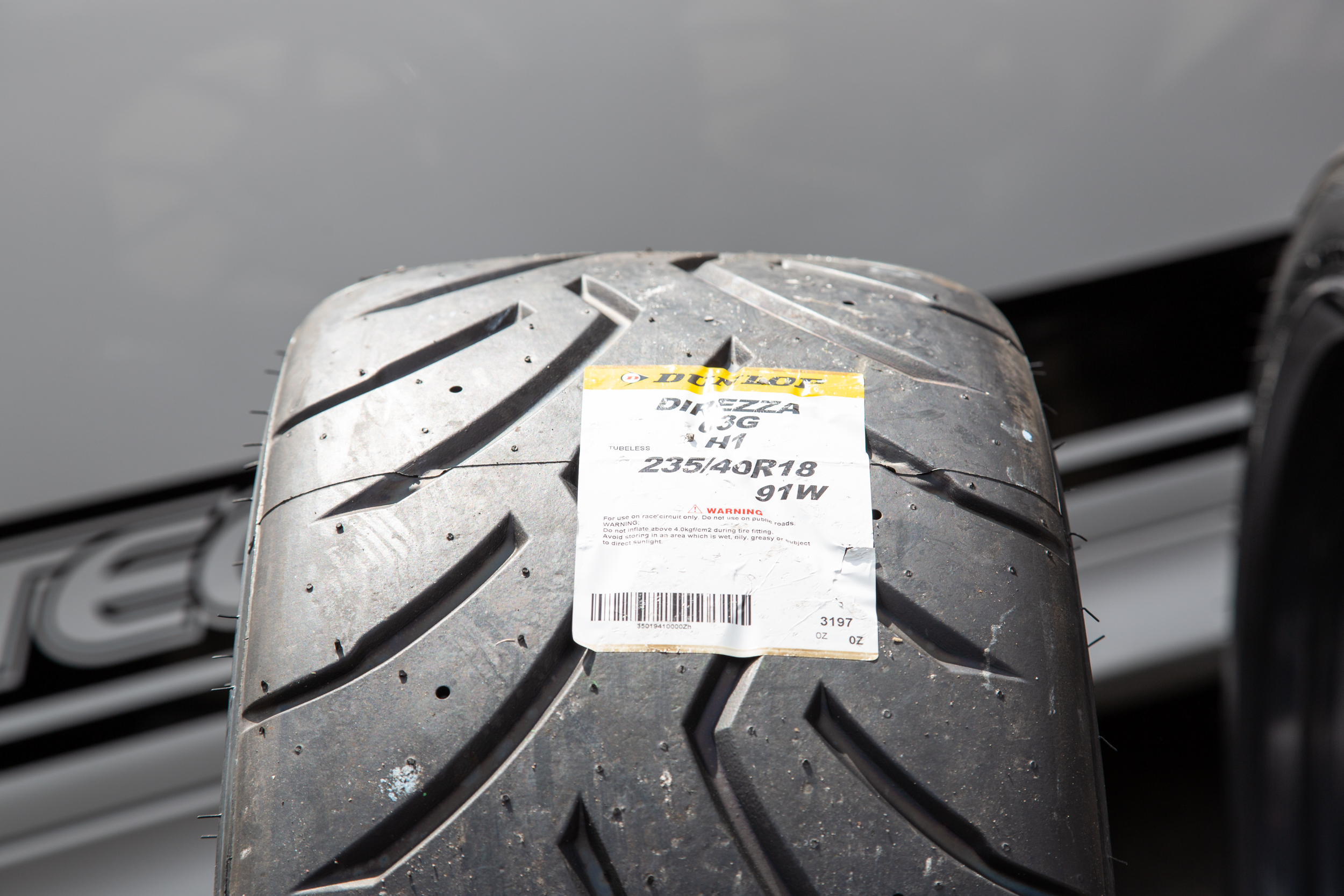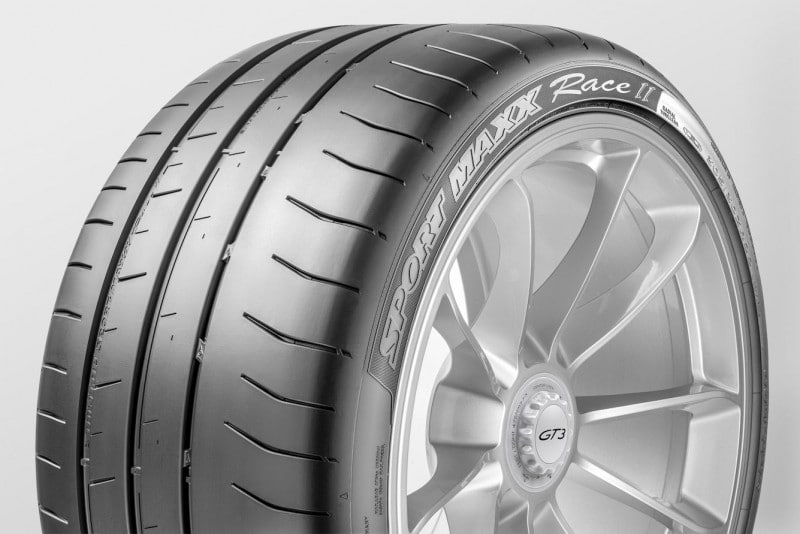All Categories
Featured
Table of Contents
The Michelin offered a comfortable driving experience, qualified by responsive guiding and a dynamic understeer balance. Despite the cooler testing conditions, Michelin's constant time and grasp over 3 laps shows its suitability for real-world applications.
Another remarkable facet was Yokohama's warm-up time. The tire's first lap was a second slower than the second, aiming to a temperature-related grasp increase. This recommends the Yokohama could radiate in completely dry, race-like conditions. For everyday use, the Michelin may be a much safer wager. Successor was the Hankook.
Tyre Care Near Me
It shared Michelin's secure understeer equilibrium however did not have the latter's desire to turn. Continental and Goodyear's performances were remarkable, with Continental's brand-new PremiumContact 7 showing a significant improvement in damp conditions contrasted to its precursor, the PC6. This design was far less conscious pack modifications and acted much like the Michelin, albeit with a little much less interaction at the limit.
It incorporated the secure understeer balance of the Michelin and Continental with some flashy handling, verifying both predictable and fast. As an all-rounder for this Golf GTI, Goodyear's Uneven range was the standout, demonstrating excellent efficiency in the damp. Finally, the Bridgestone Potenza Sport took the crown as the fastest tyre, albeit by a small margin.
Drivers looking for an amazing wet drive could discover this tire worth taking into consideration. The standout performer in wet stopping was the newest tyre on test, the PremiumContact 7, though the outcomes are nuanced.
Top Tyre Maintenance – Dianella WA
Ideally, we wanted the cool temperature test to be at around 5-7C, but logistical hold-ups indicated we tested with an average air temperature of 8C and water at 12C. While this was cooler than basic test problems, it was still warmer than real-world problems. The warm temperature test was done at an average of 18C air and 19C water.
The third run included wet stopping examinations on used tyres, especially those machined to 2mm with a small altercation. While we intended to do even more with these used tyres, climate constraints limited our testing. Nonetheless, it's worth keeping in mind that wet stopping is most vital at the worn state, as tires typically improve in completely dry problems as they wear.

However, it shared one of the most considerable efficiency decline, together with the Yokohama, when put on. Bridgestone, Goodyear, and Michelin saw the least efficiency decrease when used. Bridgestone and Goodyear's efficiency dipped in cooler problems. The Hankook tyre signed up the tiniest performance drop as temperatures cooled, yet it was among one of the most influenced when used.
Tyre Care Near Me
The take-home message here is that no single tyre mastered all elements of wet stopping, indicating a complex interplay of elements affecting tyre efficiency under different problems. There was a standout tyre in aquaplaning, the Continental ended up top in both straight and rounded aquaplaning, with the Michelin and Goodyear additionally excellent in much deeper water.

Yokohama might gain from a little even more grip, a problem possibly affected by the cooler conditions. As for handling, all tyres executed within a 2% array on the lap, showing their top quality performance (Tyre offers). Thinking about these tires essentially target the exact same consumer, it's interesting to observe the significant differences in feeling.
The shock is due to the fact that the PremiumContact 6 was one of my favourites for flashy completely dry drives, but its successor, the PremiumContact 7, appears extra mature and appears like Michelin's efficiency. Among these, Hankook was the least exact in guiding and interaction at the limitation. Tyre safety. Both Michelin and Continental supplied beautiful initial steering, albeit not the fastest
If I were to suggest a tyre for a fast lap to a newbie, state my daddy, it would certainly be just one of these. After that we have the 'fun' tyres, particularly Yokohama and Bridgestone. Both were quick to steer and really felt sportier than the others, yet the trade-off is a more spirited back end, making them more challenging to manage.
Affordable Discount Car Tyres Near Me
It offered comparable guiding to Bridgestone but used far better feedback at the limitation and much better grasp. The Bridgestone Potenza Sport, however, appeared to break down rather rapidly after simply three laps on this demanding circuit. There's Goodyear, which positioned itself someplace between the fun tyres and those having a tendency towards understeer.
All in all, these tires are outstanding entertainers. In terms of tire wear, the approach made use of in this examination is what the sector refers to as the 'gold standard' of wear.
Both the Bridgestone and Yokohama tyres considerably underperformed in contrast to the other four tires in regards to rolling resistance, with Continental slightly surpassing the remainder. Relating to the comfort degree of the tyres, as prepared for, many showed an inverse relationship with handling. The Continental, Michelin, and Goodyear tires carried out best across different surface area kinds checked.

Bridgestone started to reveal indicators of suppleness, while Yokohama was particularly rough over splits. We did determine interior noise levels; nonetheless, as is often the situation, the results were closely matched, and due to weather restraints, we were not able to perform a subjective evaluation of the tires sound. Lastly, we checked out abrasion figures, which gauge the quantity of tire tread shed per kilometre, normalised to a one-tonne automobile.
Best High-quality Tyres
This number stands for the quantity of rubber dust your tyres produce while driving. Michelin led in this category, creating over 9% much less rubber particle matter. On the various other hand, Hankook produced 32% more. This is a facet I think the market ought to concentrate on even more in the future, and it's something Michelin is promoting.
Latest Posts
Top Tyre Balancing Near Me
Top Long-lasting Tyres
Reliable Tyre Sales – Dayton 6055 WA